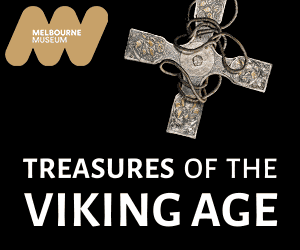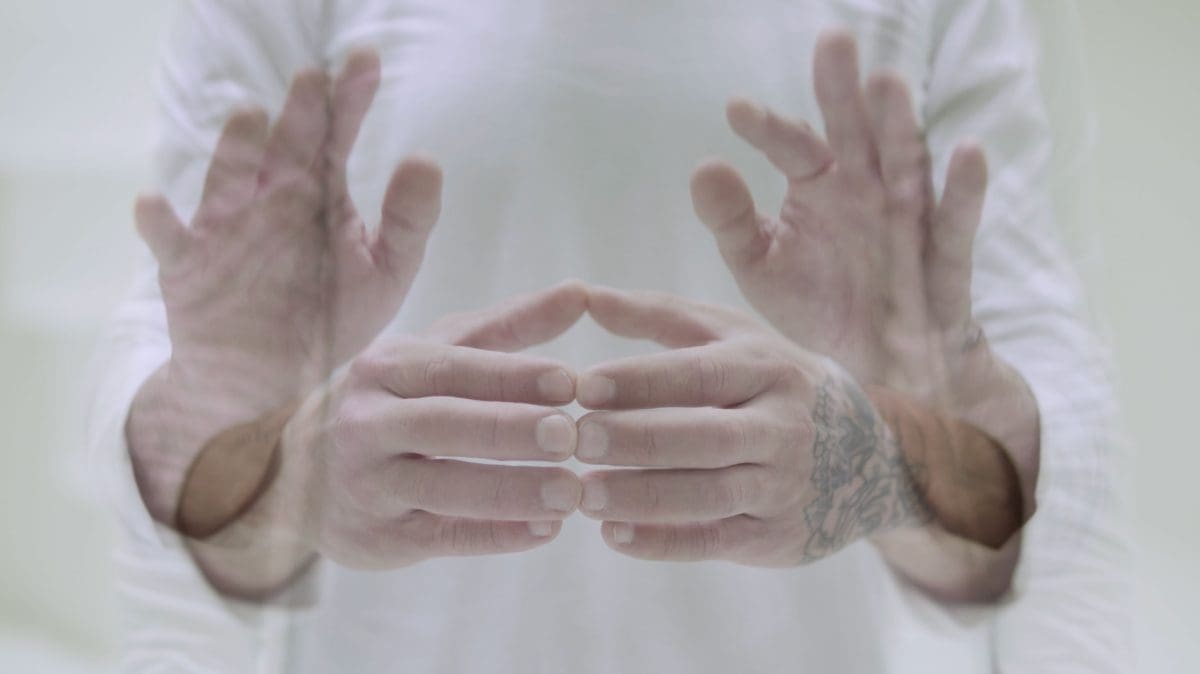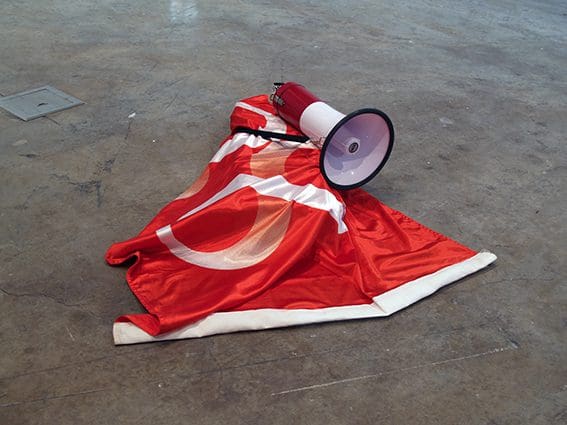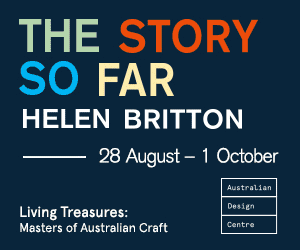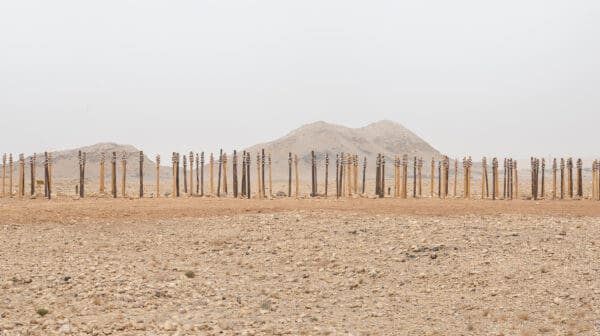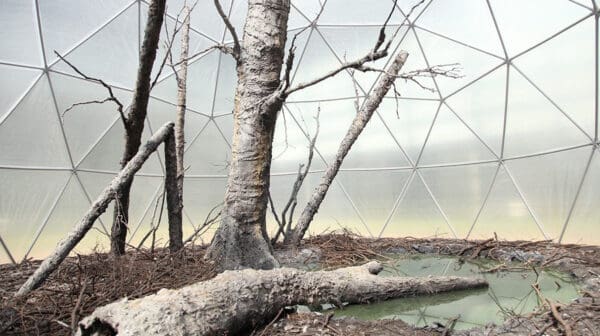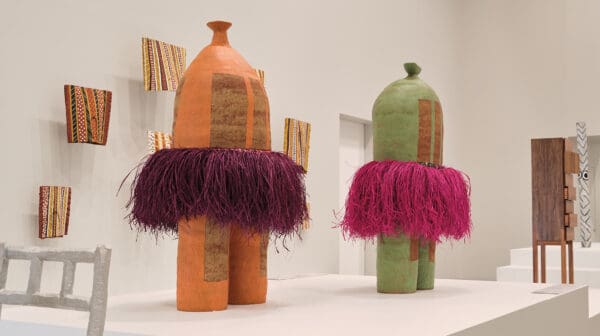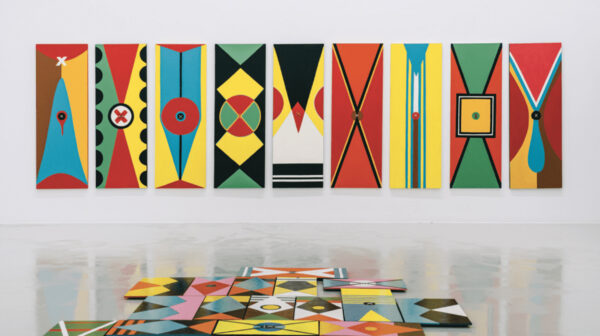Rather than simply relegating the voice to mere sound, in Seeing voices the voice comes to us in many utterances and instances. It is linguistic, cultural, social, gendered, human and post-human. In this regional touring exhibition the voice is explored as a visual, political and material entity.
NETS Victoria and Monash University Museum of Art (MUMA) have come together to present the show. Beginning at Horsham Regional Gallery, it will also travel to five other regional galleries throughout Australia in 2018 and 2019.
Initially sparked by MUMA curator Samantha Comte, and later picked up by fellow curators Francis E Parker, Hannah Matthews and Helen Hughes, the exhibition was developed to foster greater regional engagement with MUMA’s collection. “We wanted to work with NETS Victoria to make connections with the regional gallery network and to show the Monash University collection further afield than the University campuses,” says Parker. Seeing voices also features works outside the scope of the university’s holdings.
The show includes a series of live performances, and works by Alex Martinis Roe, Alicia Frankovich, Angelica Mesiti, Bryan Phillips, Catherine or Kate, Clinton Nain, Damiano Bertoli, Erik Bünger, Fayen d’Evie, Léuli Eshraghi, Michael Cook, Rose Nolan and Susan Hiller.
By approaching the voice from a visual art perspective, the exhibition transposes a sonic medium across drawing, painting, photography, sculpture and video.
“Text appears frequently because, of course, the encounter with it immediately triggers the viewer’s internal voice,” explains Parker. “Video, being time-based, allows the voice to be manifested through recordings, but then there are also a number of works that had their origins in performance too.”
Political understandings of the voice are threaded throughout the show, whether as a marker of an individual voice ‘speaking out’ or as collective solidarity. “This is especially so in a context such as Australia’s where the necessity of making space for Indigenous voices in projects such as this, as well as in public discourse generally, is coming to be better appreciated,” says the curator. “I think the exhibition works better as an open-ended grouping of works to which one could continue imagining further inclusions, further perspectives.”
Seeing voices offers expansion of the voice and an opportunity to understand its malleability. As Parker sums up, “Hopefully the experience of the exhibition is one that suggests how the subject of the voice opens outwards, that the various works lead off in different directions as to how speech, language and vocal sounds can be thought of in contemporary art.”
Seeing Voices
Bathurst Regional Gallery
16 February – 7 April 2019


